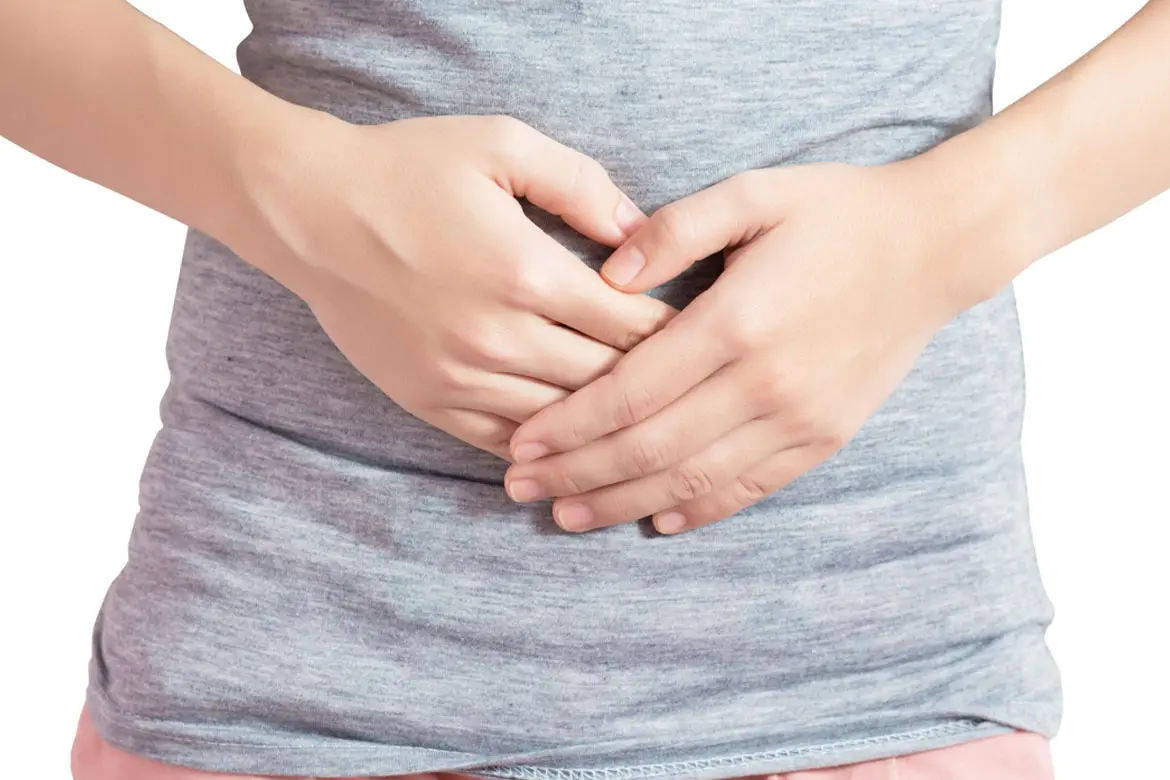Dr Loi Shen-Yi Kelly
Obstetrician & Gynaecologist


Source: Shutterstock
Obstetrician & Gynaecologist
Fibroids are the most common benign tumours in women of reproductive age. These non-cancerous smooth muscle cell tumours are found in 30% of women but only 1 in 4 women display symptoms.
Fibroids are hormonally responsive, growing in the presence of the female hormone oestrogen. They are rarely found in girls who haven't started puberty and tend to disappear after menopause.
While many women with fibroids do not face fertility issues and have successful pregnancies, certain fibroids are often found in women who do face fertility issues.
The location of fibroid usually determines its impact on fertility. In particular, submucosal fibroids, a form of uterine fibroids, are known to negatively affect fertility.
Submucosal fibroids – Fibroids that grow right beneath the uterus lining and may protrude into the uterine cavity. They affect rates of implantation, pregnancy, miscarriage and live birth.
Subserosal fibroids – Fibroids that grow on the outside of the uterus. They do not affect fertility.
Intramural fibroids – Fibroids that are found within the wall of the uterus. Their impact on fertility remains uncertain. However, recent studies have shown that they appear to impact rates of implantation and clinical pregnancy, though less significantly than submucosal fibroids.
Studies have shown that the removal of intramural or subserosal fibroids did not significantly improve the rates of conception and pregnancy, unlike the removal of submucosal fibroids.
There are many explanations for how fibroids cause infertility in women. Fibroids cause inflammation of the uterine lining and change the local hormonal environment, affecting the implantation of the embryo. Furthermore, large fibroids may interfere with sperm and egg interaction or embryo migration by altering uterus contraction.
It is important to evaluate fibroids to determine its type and the degree to which it may cause infertility.
Fibroids can be identified and distinguished by various methods.
Ultrasound: An ultrasound effectively identifies fibroids of up to 4 – 5 mm in diameter. However, ultrasound may not be the best option for patients with multiple fibroids. Multiple fibroids cause acoustic shadows, obstructing the travel of ultrasonic waves, resulting in a poor detection of fibroids on ultrasound scans.
Hysterosalpingography: An x-ray of the uterus and fallopian tubes can be performed to identify uterine fibroids. Hysterosalpingography is often done to assess the openness of the fallopian tubes. It is, however, not an ideal method to identify submucosal fibroids.
Hysterosonography: A hysterosonography, where a sterile fluid is injected into the uterine cavity, is ideal for identifying submucosal fibroids. The only downsides are the discomfort and risk of infection (1%).
Magnetic Resonance Imaging (MRI): Despite the high cost of an MRI, it is most reliable in identifying the location of fibroids.
For women who do not display symptoms, a cautious watch-and-wait approach without treatment would suffice. Patients who decide to treat the uterine fibroids for a variety of reasons – such as for fertility enhancement or relief of symptoms – can decide between medication, surgery or non-surgical procedures.
Medication
Women with fibroids can rely on medication to control their symptoms, such as reduce menstrual blood loss. Other medical options are primarily hormonal agents, as oestrogens promote fibroid growth whereas progesterones curb it, but are unsuitable for fertility. Due to the side effects of certain medications, such as bone loss, they should only be used for a maximum of 6 months.
Surgery
Hysteroscopic myomectomy is the advisable surgical procedure for the removal of fibroids. It is suitable for submucosal fibroids smaller than 5cm that are located within or bulging into the uterine cavity. Fibroids larger than 5cm may require repeat procedures. Prior to surgical removal, classification systems will be employed to accurately describe the submucosal fibroids and assess the chances of successful hysteroscopic removal.
Laparoscopy (keyhole surgery performed through a very small incision) and laparotomy (open surgery performed through a large incision) are alternative options to surgically remove uterine fibroids. A keyhole surgery may be more advantageous as it involves less postoperative pain, a quicker recovery and less incidence of fever. However, a keyhole surgery is less common due to its technical difficulty.
As surgical treatment of fibroids has its risks, such as infection, patients should always weigh the decision for surgery against potential risks.
Non-surgical treatment
Uterine artery embolisation (UAE) and more recently, MRI-Guided focused ultrasonography (MRgFUS) are new treatment methods.
In a UAE procedure, small particles are delivered to block blood supply to the uterine body. An MRgFUS procedure uses high-frequency ultrasound waves to kill cells and shrink fibroids. This is performed with the help of MRI to guide the ultrasound beams to accurately target the fibroids.
However, as these techniques are not extensively used, there is insufficient data on reproductive outcomes of patients who were trying to conceive. As such, we do not yet recommend these procedures. Furthermore, there is concern over the development of pelvic adhesions (scar tissues that stick together) that obstruct the fallopian tubes, which may affect ovarian reserves and fertility.